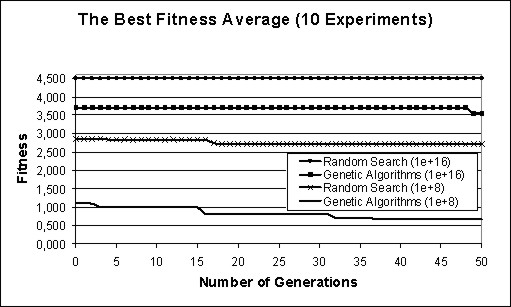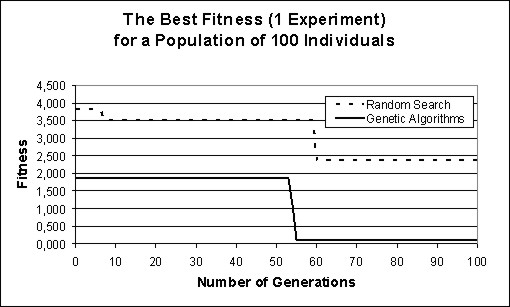
engineering & technology publications
ISSN 1759-3433
PROCEEDINGS OF THE EIGHTH INTERNATIONAL CONFERENCE ON THE APPLICATION OF ARTIFICIAL INTELLIGENCE TO CIVIL, STRUCTURAL AND ENVIRONMENTAL ENGINEERING
Genetic Algorithm Optimization of Semi-Rigid Steel Structures
+Civil Engineering Department, PUC-RIO, Pontifical Catholic University of Rio de Janeiro, Brazil
*Structural Engineering Department, UERJ, State University of Rio de Janeiro, Brazil
Traditionally, structural design is made by trial-and-error procedures guided by design specifications and by the structural engineer's experience and intuition. Meanwhile, continuous research in this field is being done to develop simple design tools to help structural designers process repetitive and time-consuming tasks. Genetic algorithms are often used for this purpose due to their intrinsic abilities to deal with problems without precise mathematical models, being capable of performing global searches, representing the solutions in a simple form and allowing a natural and easy implementation of rules and auxiliary heuristics.
Structural joints play a fundamental role in the global steel structures behaviour. The actual joint response is usually situated between two extremes: pinned and rigid. In an intermediate case, semi-rigid joints, the bending moment to be transferred among members will be a function of their relative rotation change. Consequently, in global structural analysis the joints not only affect the structural displacements but also interfere in the distribution and magnitude of moments in the entire structure.
In the comparisons made in Figures 24.1(a) and 24.1(b) the GA demonstrated a superior performance than the random search procedure. When the best evaluation achieved with the use of the random search procedure (2.364) compared with the GA method (0.113), a difference of 2.251 is found (Figure 24.1(b)). If this process is repeated for Figure 24.1(a) results, differences of 2.042 and 0.969 were found for the search space with superior limits of 1.0e+08 and 1.0e+16. The results validate the GA implementation/ adopted methodology used in the problem evaluation function.
The present study was centered on a non-conventional semi-rigid joint stiffness optimisation where individuals were evaluated to generate an optimum bending moment distribution for a structure. Some interesting conclusions were:
The best solution was always associated with the genetic algorithm when compared to a random search procedure. The difference between these two methods is amplified when the variable search space is increased. This difference was also magnified by increasing the structural problem complexity. A significantly better bending moment distribution was reached when the adopted objective function was globally applied to the investigated problems.
The vierendeel structural system example indicated that the semi-rigid solution performance, found with the GA method was better than the usually adopted rigid solution. The semi-rigid joints created a balanced moment distribution with smooth transition between the sagging and the hogging moment regions.
An optimum bending moment distribution is a direct consequence of an adequate choice of the structural joint stiffness. This is usually a complex procedure when made manually due to the tedious and significant amount of work required to define a joint stiffness combination that could lead to a balanced bending moment distribution. The use of genetic algorithms considerably simplified this process, leading to the determination of bending moment distributions that could generate efficient and economic steel structures. The results of the examples indicated that the implemented GA procedure/methodology are efficient, representing an important contribution to steel frame structural design with semi-rigid joints.
- 1
- A.A. Del Savio, S.A. de Andrade, P.C.G.S. Vellasco, L.F. Martha, "Non-Linear Joint Finite Element Formulation for Semi-Rigid Steel Structures Analysis", submitted for publication, Adv. in Engineering Software, 2004.
- 2
- A.A. Del Savio, S.A.L. de Andrade, P.C.G. da S. Vellasco and L.F. Martha, "A Non-Linear System for Semi-Rigid Steel Portal Frame Analysis", in Proceedings of the Seventh International Conference on Computational Structures Technology, B.H.V. Topping and C.A. Mota Soares, (Editors), Civil-Comp Press, Stirling, UK, paper 153, 2004. doi:10.4203/ccp.79.153
purchase the full-text of this paper (price £20)
go to the previous paper
go to the next paper
return to the table of contents
return to the book description
purchase this book (price £80 +P&P)

